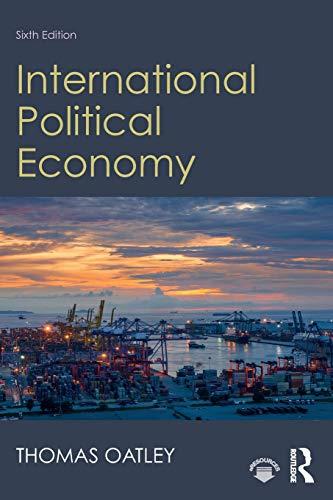Question II (40 Points) [Inefciency of Competitive Health Insurance Market with Private Information] For 55-year-old women the likelihood of getting breast cancer is determined by the combination of family medical history and lifestyle choices, especially smoking. The probability of getting cancer between the ages of 55 and 65, given these factors, is described by the following table: Smoking Status Smoker Non-Smoker Excellent 5% 2% Family Medical History Good 10% 5% Bad 20% 10% Assume that % of all women fall into each category. The cost for treating breast cancer is $12,000. Consider a 10-year insurance policy that will charge a premium and will cover all the treatment cost if a policyholder gets breast cancer between 55-65. Assume that a 55-year-old woman (no matter her risk) values (i.e. their willingness to pay for) the 10- year insurance at her expected treatment costs (which is covered by the policy) plus an additional $600 for the security of mind from having insurance for breast cancer. Suppose that the insurance market is competitive. [Also, assume that if a woman is indiiferent between buying and not buying insurance, she will buy insurance] 1. (7 points) What is the willingness to pay for a 10-year insurance for each of the six types of women above? 2. (3 points) What is the eicient outcome in terms of insurance coverage? 3. (20 Points) Suppose that the insurance companies, by law, cannot use a woman's family medical history or her smoking status to price the insurance policies. (a) (5 points) What is the equilibrium break-even condition for the insurance com- pany in the competitive insurance market? (b) (5 points) If the premium for a 10-year insurance is $1,600, what type or types of women will purchase insurance? (c) (5 points) What is the expected cost incurred by the insurer for the type or types of women who purchase insurance at a premium of $1,600? ((1) (5 points) Is $1,600 premium for a 10-year insurance an equilibrium premium according to your denition in (3a)? Why or Why not? If this is an equilibrium, is it efcient? Why or Why not? 4. (10 Points + 5 points extra credit) Suppose now that the insurance companies can observe a woman's smoking status, but not family medical history, and is allowed to use the woman's smoking status in its pricing of insurance policies. (a) (5 points) First, consider the insurance for smokers. Explain clearly why a premium of $1,800 is an equilibrium price? At this price, which type or types of smokers (in terms of their family medical history) will buy the insurance? (b) (5 points) Explain clearly why there can NOT be an equilibrium in which smokers of all types of family medical histories buy insurance? (c) (Extra Credit, 5 points) Find one equilibrium price for non-smokers. Why is this an equilibrium price







